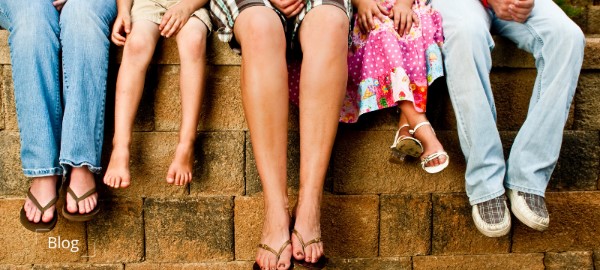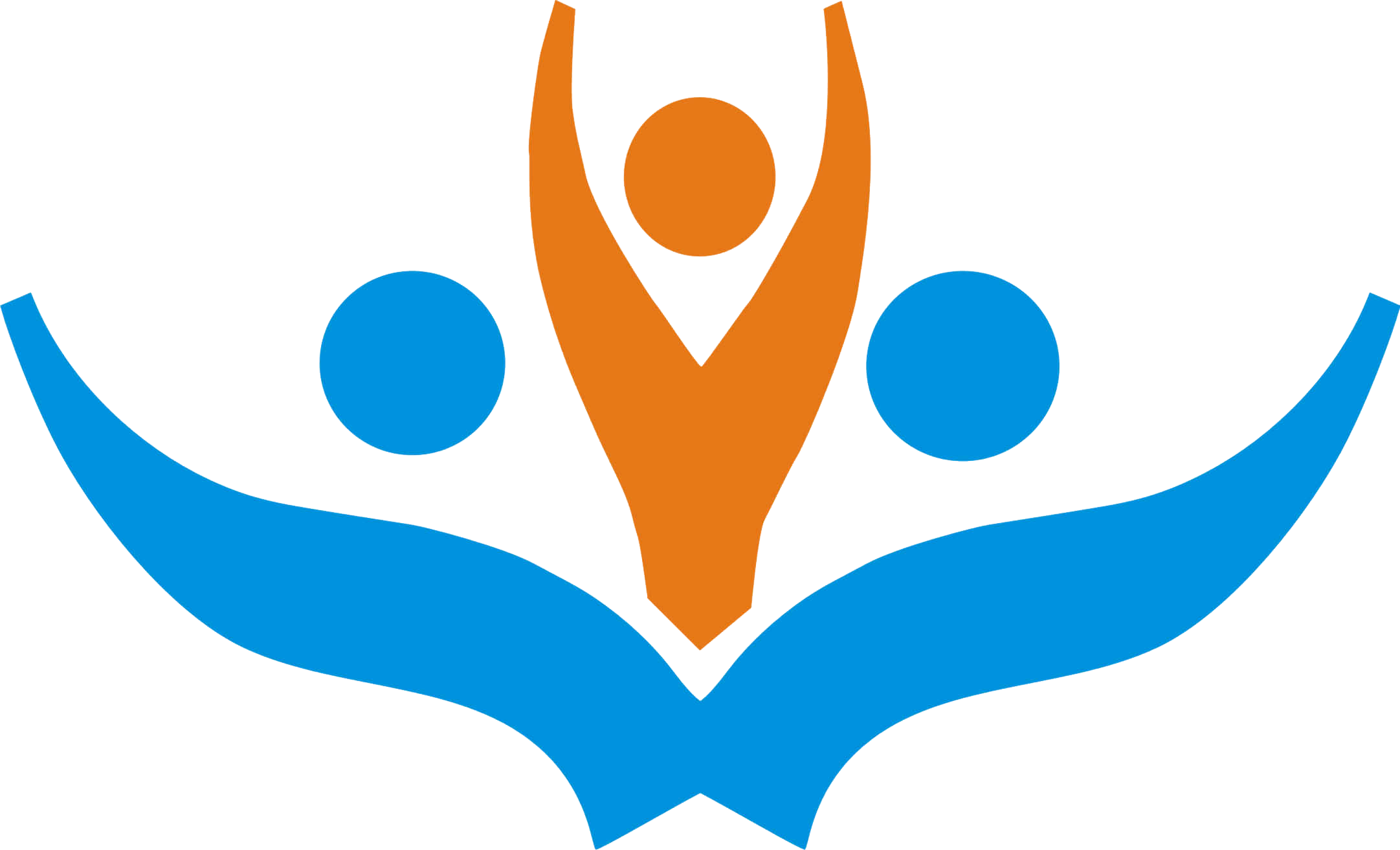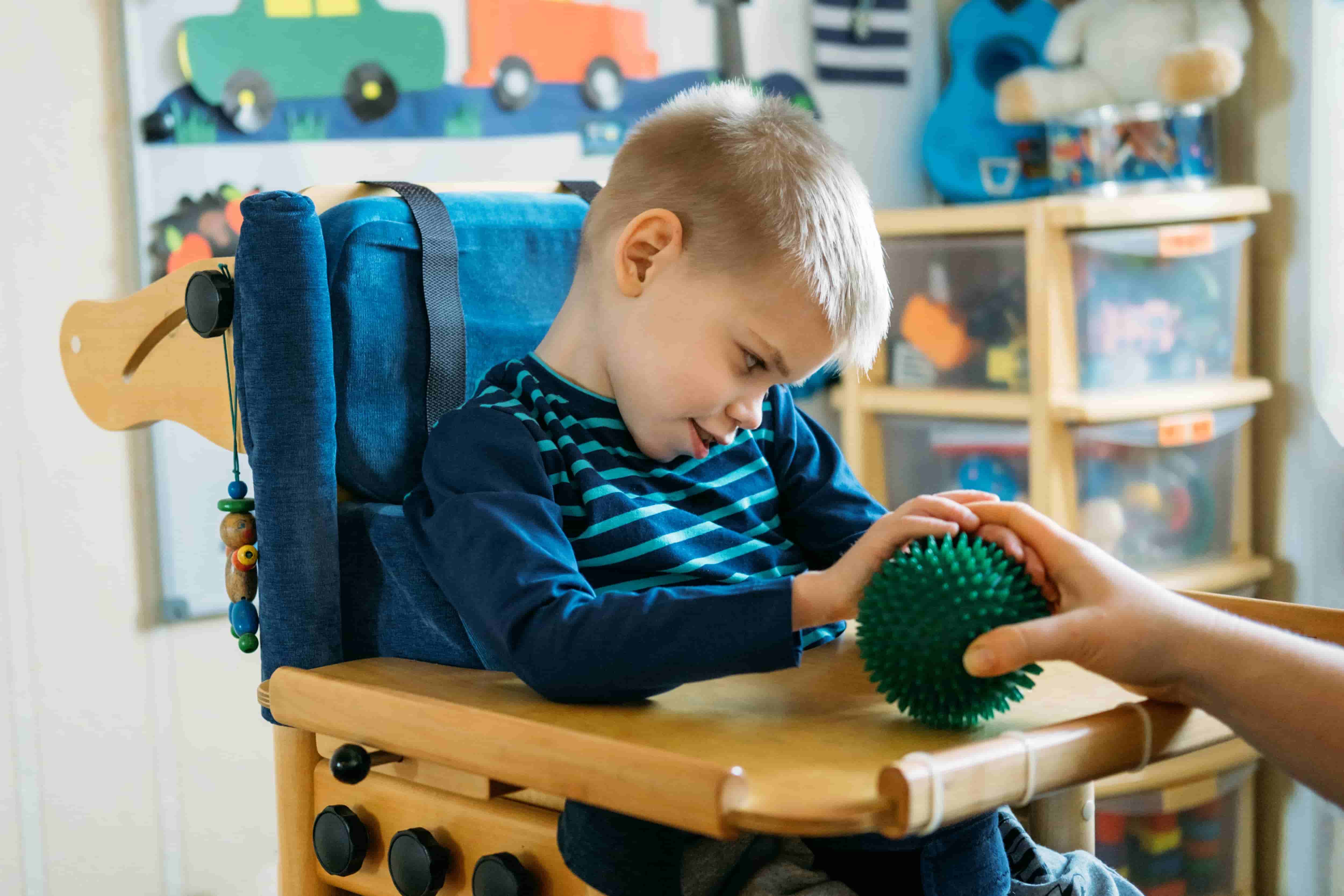
Limb Difference – Collectively We Can Do More
A limb difference is when an individual’s arms, legs, hands and/or feet are not similar as the standard-issue limbs most people have when they are born.
Limb difference sets out any child or youngster born with a congenital limb difference or who loses a limb untimely in their life. Limb difference is classified into 2 types – acquired and congenital.
An estimated 1 million people in India have either been born with a limb difference or had an amputation. Around 150,000 undergo amputation surgery each year, and no two individual’s situations is the same. These differences can be acquired through accident, cancer, diabetes, blood clots or meningitis. Other limb differences are because of the way an individual’s body is formed in the womb, which is often described as ‘congenital’.
Children and youngsters with a limb difference can lead a successful and good life and there are some notable individuals all over the world and in our community, with limb difference.
Few infants and youngsters have arms or legs of various lengths. This discrepancy might be present at birth or may happen later in life as a consequence of a bone break or an infection. Arm length discrepancies normally don’t impede functioning or quality of life. But, leg length discrepancy (LLD) may cause a crippling limp which requires treatment.
In acquired limb difference an infant or a youngster may develop LLD following a bone break in the leg or the limb becomes infected. The individual would have had an amputation to remove whole or part of a limb. This is different from congenital limb difference, though often a congenital limb difference leads to reconstruction surgery after birth. An amputation more commonly occurs because of a trauma like accident or illness such as diabetes, cancer or a severe infection.
Congenital limb difference is when a child is born without part or whole of a limb. There are various reasons for congenital limb differences – some are genetic, some are because of environmental or drug factors, others might be a result of an isolated issue or disorder occurring during foetal development. Sometimes there is no known cause for a congenital limb difference. Other terms and factors that are used to describe congenital limb difference include:
• Congenital limb reduction
• Dysmelia
• Focal femoral deficiency
• Fibular Hemimelia
• Hemihypertrophy
Few children born with a congenital limb difference might go through reconstructive medical procedure of prosthesis to be fitted.
Just like there isn’t one prosthesis to fit all children, there is no single treatment model for all families encountering limb loss. Latest prostheses are lighter, stronger and more valuable than before. Overall the utilization of prosthetic limbs for children ought to match their individual needs in light of their level of functional development such as sitting, walking, crawling, standing and grasping.
In addition to huge technological advancement in surgical and prosthetic care, a significant push has been made within the society to come up with programs and support groups which encourage acceptance and openness of individuals with limb loss. These advancements have kept on opening doorways for children with limb loss to take part in sports and recreational activities with their friends.
The symptoms of LLD include:
• Difficulty in walking
• Walking on the toes
• Back pain
• Hip pain
• Curvature in the back
• Tightness in the heel
If a child is born with a limb difference, the objective of the medical team is to encourage independence, workout a plan that best suits the child and their family to succeed in their everyday lives. A medical team that both parents and the child are comfortable with is vital in order to provide the best opportunity for the child to accomplish self-independence. This is fundamental so that they can address the challenges ahead and lead a blissful life.
Chetna Foundation is on the front line to ensure individuals with a limb difference can reach their best potential.
| Tweet |





